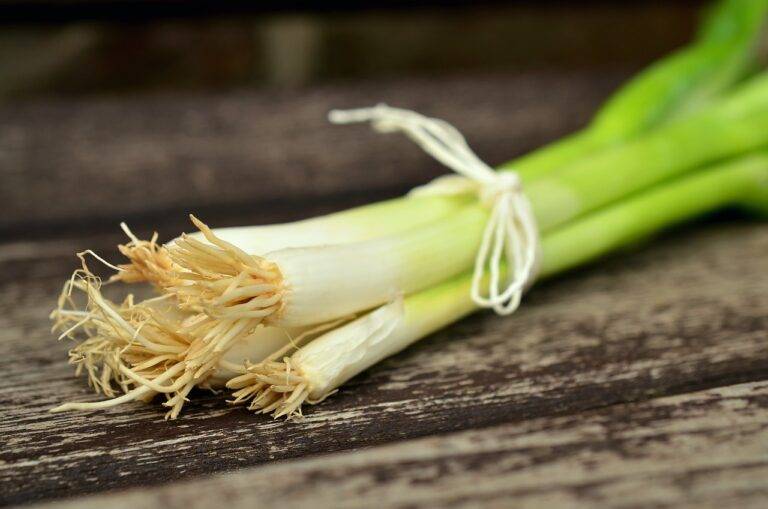The Science of Food Sensory Evaluation: How Taste, Aroma, and Texture Influence Perception.
Taste plays a pivotal role in food sensory evaluation as it helps determine the palatability, balance, and overall enjoyment of a dish. The sense of taste, also known as gustation, is responsible for detecting the basic qualities of food such as sweetness, sourness, bitterness, saltiness, and umami. Through taste, individuals are able to assess the flavor profile of a food item and make judgments on its desirability.
Furthermore, taste interacts with other sensory modalities such as smell, texture, and temperature to create a holistic perception of a food product. The combination of taste with these other sensory attributes influences how individuals perceive the overall quality of a food item. For example, the sensation of sweetness in a dessert may be heightened by the aroma of vanilla and the smooth texture of whipped cream, leading to a more pleasurable eating experience.
The Impact of Aroma on Food Perception
Aroma plays a vital role in shaping our perception of food. The olfactory senses are closely linked to our memories and emotions, which can influence how we experience flavors. The aroma of food can evoke childhood memories, cultural traditions, and personal preferences, all of which contribute to our overall enjoyment of a dish. In fact, studies have shown that people may perceive the same food differently based on the aroma alone, highlighting the importance of this sensory aspect in food evaluation.
Furthermore, aroma can also impact our perception of the taste and texture of food. Certain aromas can enhance the perceived sweetness or saltiness of a dish, even when the actual levels of sugar or salt remain constant. This phenomenon, known as cross-modal sensory interaction, demonstrates how interconnected our sensory experiences are. For example, the aroma of vanilla can make a dessert taste sweeter, while the scent of fresh herbs can make a dish taste fresher and more vibrant. Understanding the role of aroma in food perception can help chefs and food scientists create more enjoyable and memorable culinary experiences for consumers.
How does taste play a role in food sensory evaluation?
Taste is one of the key components in food sensory evaluation, along with aroma, appearance, and texture. It helps to determine the overall flavor of a food and contributes to our perception of its quality.
How does aroma impact food perception?
Aroma plays a crucial role in how we perceive food. It can greatly influence our overall flavor experience, as our sense of smell is closely linked to our sense of taste. A pleasing aroma can enhance the perceived taste of a dish, while a unpleasant aroma can negatively affect our perception of its flavor.
Can aroma alone affect how we perceive food?
Yes, aroma alone can have a significant impact on how we perceive food. Studies have shown that even without tasting a dish, the aroma alone can trigger certain expectations and influence our perception of its flavor.
How can food producers leverage the impact of aroma on food perception?
Food producers can enhance the aroma of their products by using high-quality ingredients, incorporating aromatic herbs and spices, and utilizing cooking techniques that bring out the natural aromas of the ingredients. This can help create a more enticing and flavorful experience for consumers.





